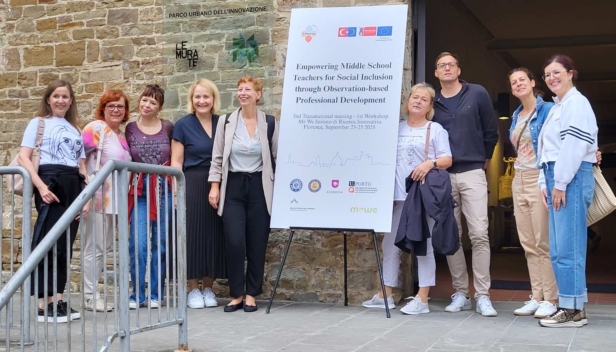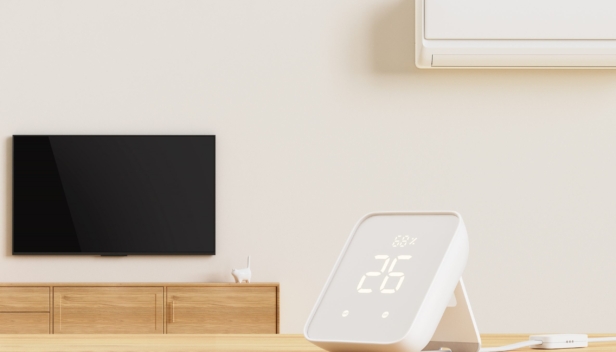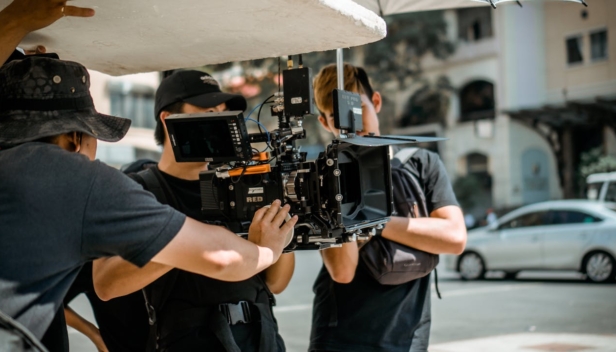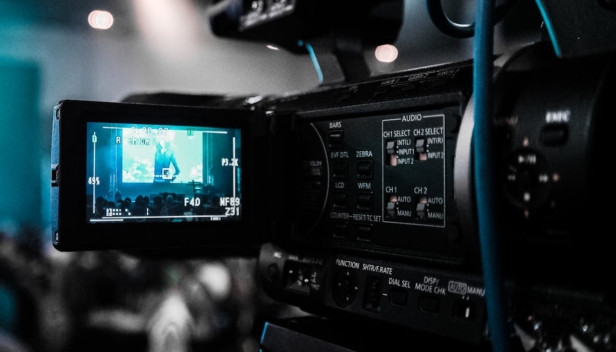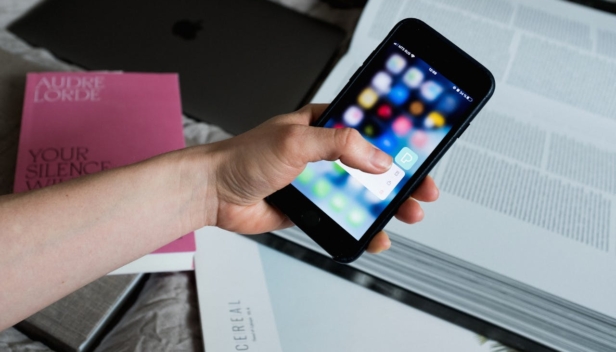Artificial intelligence in graphic design with logo design for a cosmetics studio
Graphic Design
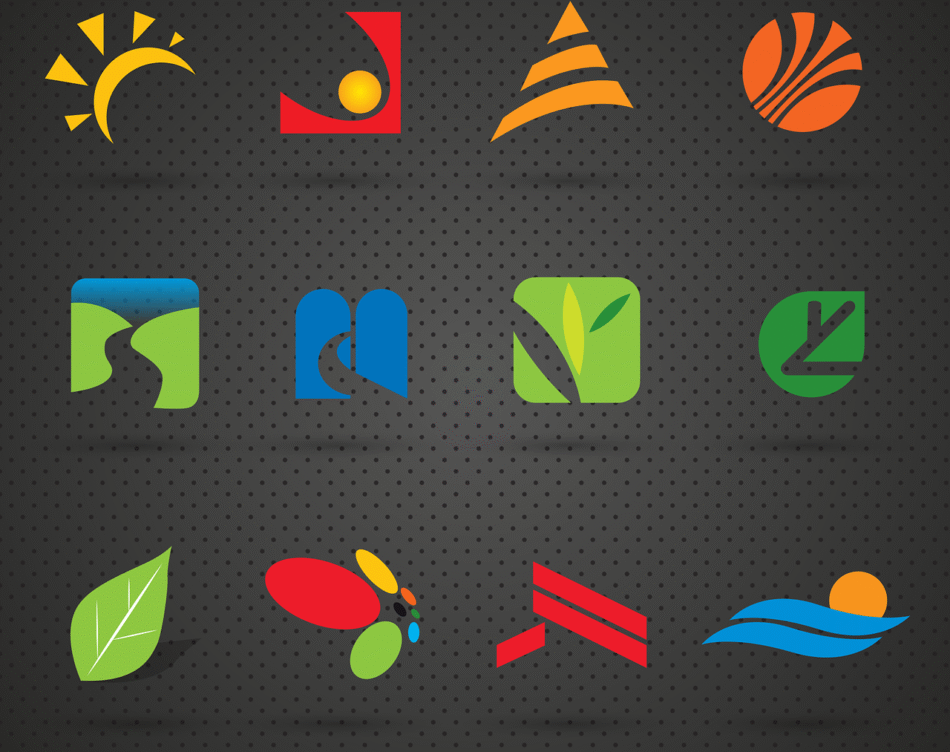
The thesis titled Artificial Intelligence in Graphic Design with the Creation of a Logo for a Beauty Studio explores the use of modern technologies in graphic design, specifically in the development of a logo as a key element of a visual identity.
The focus is on how artificial intelligence can influence the design process and what value it brings to the creation of a visual identity, particularly within the cosmetics industry, where aesthetics represent one of the most important roles.
In the theoretical part, we first explained the basic concepts related to artificial intelligence and graphic design, and then explored the historical development of AI in creative processes. We paid special attention to how artificial intelligence is already being used within the beauty industry, highlighting best practice examples such as Estée Lauder, L’Oréal, and Sephora.
We also presented specific tools that integrate AI into the design process, with a focus on the image generator DALL-E. Based on literature research, we outlined both the advantages and the challenges that come with implementing artificial intelligence in graphic work.
In the practical part, we focused on designing two logos for the beauty salon studio-BEKA. The first logo was created using artificial intelligence, where we tested how the system interprets textual prompts and reference images. This process did not include hand-drawn sketches, as we wanted to explore how independently AI generates visual proposals.
The second logo was created without the use of AI, following a traditional creative process that involved sketching, selecting typography, building a grid system, and defining a color palette using Adobe Illustrator. Both logos were later analyzed and compared through a survey in which participants evaluated the visual impression, perceived professionalism, and overall effect of each logo.
Based on the results, we found that artificial intelligence can indeed contribute to greater efficiency and speed in the creative process. However, most users still place more trust in designer-made solutions, as they are perceived as more authentic, refined, and professional.
We concluded that artificial intelligence can play an important supportive role, but the core of the design process still lies in the hands of the designer, who creates a complete and convincing visual solution using their knowledge, sensitivity, and aesthetic judgment.
